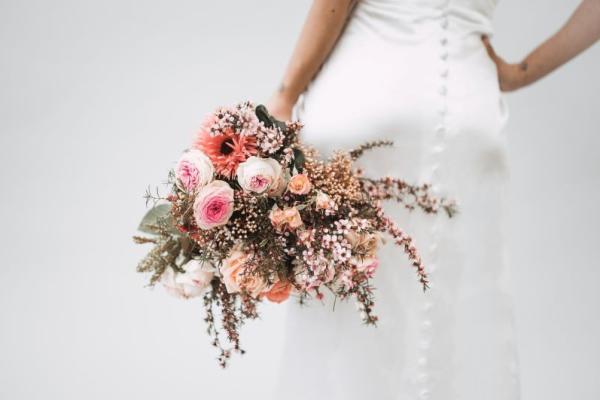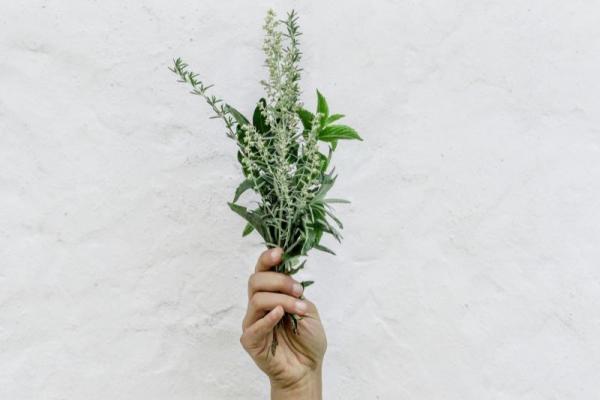23 November 2023
The Beauty and Challenges of Foraged Greenery in Floral Arrangements
Foraging for greenery to use in your floral arrangements can add a unique and rustic touch to your event décor. The allure of finding natural elements from your surroundings is undeniable. However, before you embark on a foraging adventure, it's essential to understand both the ups and downs of using foraged greenery in your arrangements. Let’s explore the benefits and potential pitfalls of incorporating foraged elements into your floral designs, along with crucial tips to ensure success.
The Upsides of Foraged Greenery:
Cost-Efficiency: One of the most significant advantages of foraged greenery is its cost-effectiveness. It's often free or significantly cheaper than purchasing foliage from a florist or grower.
Unique Aesthetic: Foraged greenery brings a unique, natural, and rustic charm to your arrangements that's hard to replicate with store-bought options. It adds a personal touch to your event.
Eco-Friendly: By foraging locally, you reduce the environmental footprint associated with shipping and packaging. It's a sustainable choice for environmentally conscious individuals.
The Downsides of Foraged Greenery:
Unpredictable Quality: The quality and durability of foraged greenery can be unpredictable. Leaves and branches may wilt quickly, shed pollen, or become discoloured. Sometimes bugs live in them and you may find ants or other critters appearing at your party uninvited.
Allergenic Potential: Some foraged plants can trigger allergies in guests, leading to discomfort or even allergic reactions. It's essential to identify allergenic plants and avoid using them.
Safety Concerns: Foraged greenery may include poisonous or toxic plants, which can pose a significant risk to guests if ingested or touched. It's crucial to be knowledgeable about the plants in your area. Never use things with unknown berries, especially were children may be tempted to eat them.
Weed Invasion: Introducing weeds from your foraged greenery into your event space can lead to unwanted weed infestations. Never use pampas grasses- you will aid the spread of this noxious weed!
Tips for Successful Foraging and Use of Greenery:
Prior Testing: Before using foraged greenery, conduct a test to assess its quality and longevity. Place a sample arrangement in a vase for a few days to see how it holds up. Greenery such as olive branches look gorgeous, but wilt and can’t be used in arrangements.
Allergen Awareness: Be mindful of the potential allergenic properties of certain plants. Avoid using plants known to trigger allergies, such as pollen-heavy flowers.
Safety First: Familiarize yourself with local poisonous or toxic plants to ensure they're not included in your arrangements. When in doubt, consult with a local expert.
Proper Conditioning: Anything that doesn't come from a grower or florist must be adequately conditioned before use. This involves cutting the stems at an angle, removing any excess leaves, and placing the branches in clean water to hydrate them before arranging. Some items require refrigeration as part of the conditioning process or they will not stand up on the day.
Ask first! IF you spot something you would like to snip, always ask the property owner first.
Local Regulations: Check local regulations regarding foraging; it’s not the done thing to cut plants in reserves or public parks!
Supplement with Store-Bought Greenery: To ensure consistency and reliability in your arrangements, consider supplementing foraged greenery with store-bought foliage. This will help balance aesthetics and quality.
In conclusion, foraged greenery can add a delightful and rustic touch to your floral arrangements, but it comes with both benefits and challenges. By testing, researching, and taking proper precautions, you can harness the beauty of nature while avoiding potential pitfalls. Remember that safety, sustainability, and aesthetics can coexist when using foraged greenery in your event décor.









